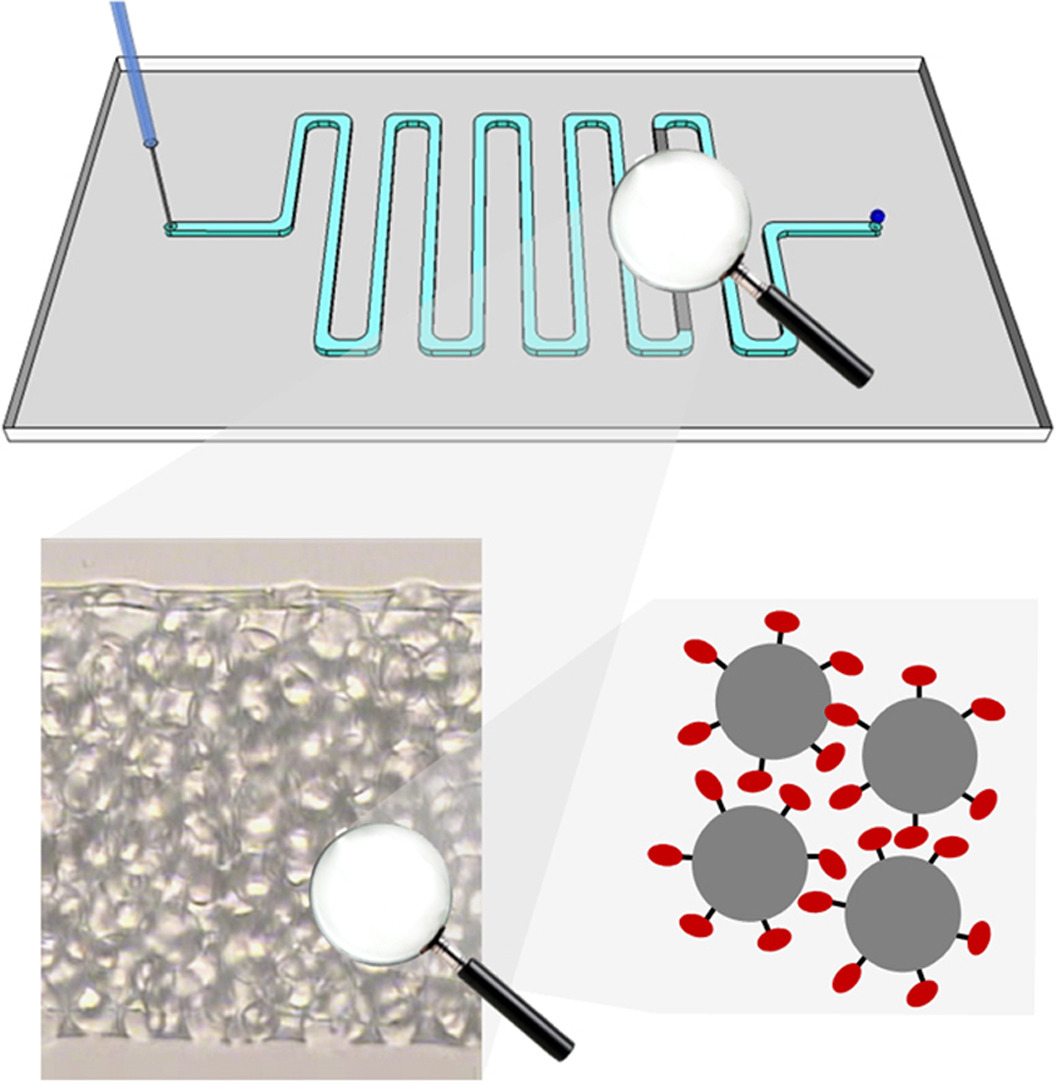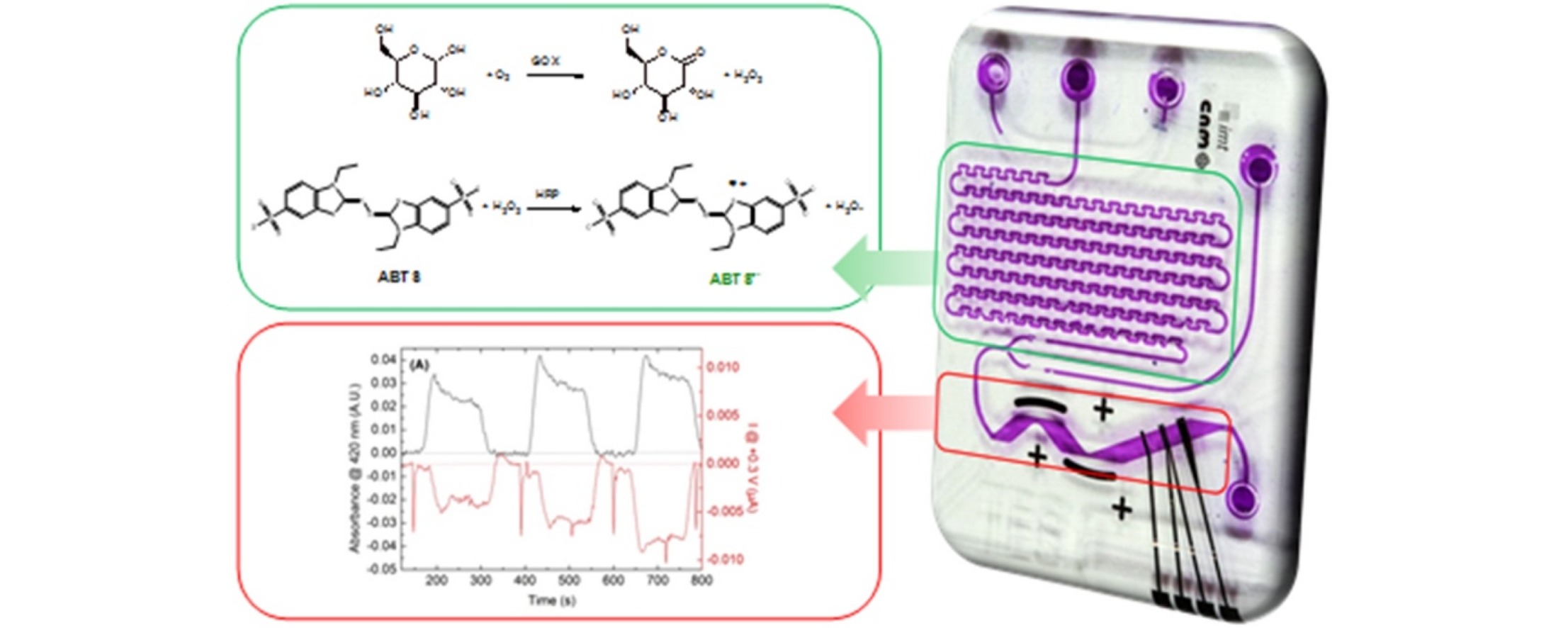_ Department 🔬 laboratory (propagation and expansion of nanochips)
Nano Enzyme Chip (Enzyme Chip Nano), structure and function (a type of functional nano chip)
Researcher and author: Dr. ( Afshin Rashid)
Note: In the Enzyme Chip Nano structure, electrical signals can be used to collect and regulate enzymes, and as a result, controlled products are optically, electrochemically, and biologically controlled.
Enzyme Chip Nano is made and labeled in a two-layer structure with different types of nano microarray sheets on the surface of Enzyme Chip Nano . Applications of nanoelectronics technology in the medical industry with Enzyme Chip Nano, the basic applications of nanobiosensors and nanobiochips are used in this field. Nano Enzyme Chip (Enzyme Chip Nano) has a wide range of applications from environmental and water testing to drug discovery and DNA strand testing. The new technology of nanochips is based on microfluidic systems, which are capable of analyzing small volumes of liquids.
Enzyme Chip Nano is prepared by attaching special particles to the ends of carbon nanotubes and calculating the vibration frequency in the presence or absence of particles. Enzyme Chip Nano is an integrated combination of optical and electrochemical transmission modes to determine the validation of biological analytes that are subjected to enzymatic catalytic reactions, Enzyme Chip Nano integrates a microfluidic mixer with an integrated function in At your disposal, it also works as a measuring bioreactor.
In Enzyme Chip Nano structure, electrical signals can be used to collect and regulate enzymes, and as a result, controlled products are optically, electrochemically, and biologically controlled.
Researcher and author: Dr. ( Afshin Rashid)
Specialized doctorate in nano-microelectronics




